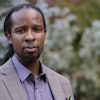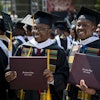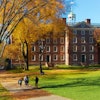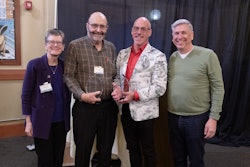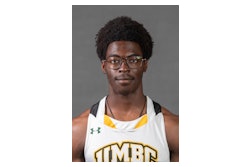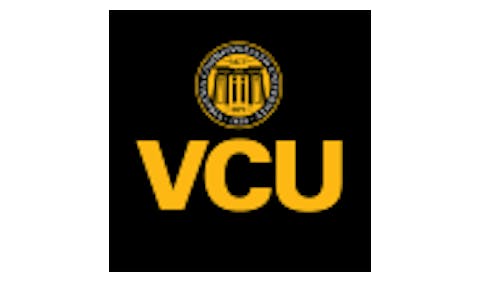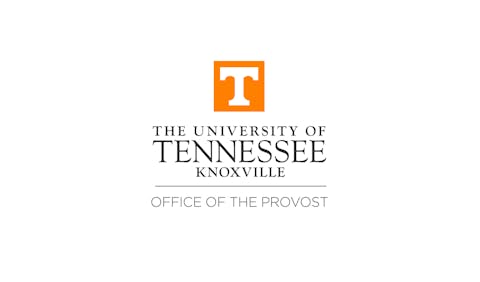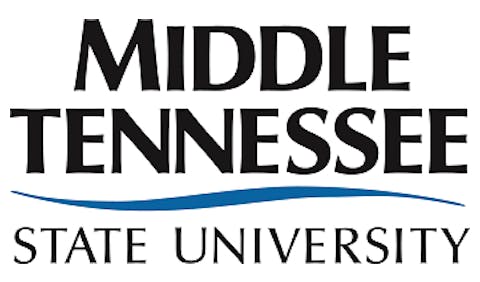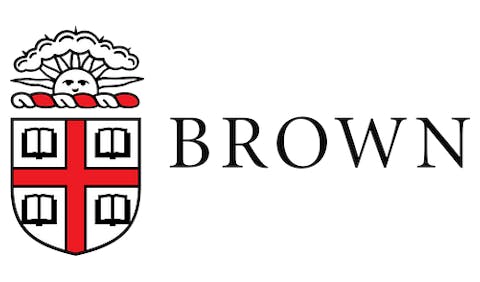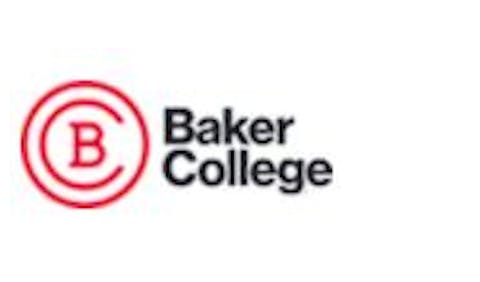 Dr. Timothy P. White expects to complete a system-wide tour of the 23 Cal State campuses he oversees by year’s end.
Dr. Timothy P. White expects to complete a system-wide tour of the 23 Cal State campuses he oversees by year’s end.SAN FRANCISCO — As an immigrant growing up in California in the early 1960s, Dr. Timothy P. White harbored no college aspirations until he was nearly finished with high school. His father had entered the workforce full-time after high school and expected him to follow suit.
But because he had many college-bound friends, the younger White broached the subject with his parents, who were swayed by the low cost of community college. He attended the two-year Diablo Valley College and transferred to Fresno State University for his bachelor’s degree.
Now, as chancellor of the 23-campus California State University system, White goes out of his way to ask students about their experiences and backgrounds, their needs and career hopes.
“I need a compass to guide me,” he said of his one-on-one talks with students. “Our core purpose is to create a learning environment for students to excel. I don’t know how I could possibly do it without taking the pulse of students.”
This was among White’s priorities during a two-day visit this week to San Francisco State University, where he met with students and many other constituencies. Not only did he learn more about the educational paths and family histories of students — at least 60 percent of undergraduates are racial minorities — but he also got a snapshot of how their SFSU studies can offer broader implications.
On Wednesday, White attended a forum in which faculty and students representing a variety of disciplines explained ongoing research collaborations.
For example, undergraduate Daniela Zesati, who’s majoring in apparel design and merchandising, showed off a detachable collar she had devised that is compatible with the dress code at her off-campus workplace. The collar fits onto most of her dresses and sweaters and gives the appearance she is wearing a collared shirt underneath, even when she is actually not. Her invented collar is environment-friendly because far less fabric is needed for it than for a shirt.
Among the hard sciences, second-year graduate student Hibba Ashraf explained a project in which she is examining why some SFSU students switch their majors from biology to non-science fields. The latter is also an inexplicable — and rather troubling — trend at colleges nationally, said Dr. Kimberly Tanner, an SFSU associate professor of biology who’s involved with Ashraf’s research.
After the forum, White said that such events remind him to “make sure to push or pull whatever levers possible” in order to give San Francisco State adequate resources for continued student research.
Before becoming Cal State chief less than a year ago, White was University of California, Riverside chancellor for four years. Among other things, he encouraged students to seek him out between classes by setting up a table outside near the campus bell tower and waiting for them there. His visit to SFSU this week was part of a system-wide tour of the 23 Cal State campuses — including his alma mater, Fresno State — that he expects to conclude by year’s end.
A nationally known researcher in exercise science, White’s academic background is in physiology, kinesiology and human biodynamics. His research focus has been on skeletal muscle plasticity, injury and aging.
With more than 430,000 students and a $5 billion annual budget, Cal State is the largest four-year public university system in this country. But since the Great Recession took root in 2008, the system has sustained unprecedented state cuts totaling $1 billion, resulting in scaled-back academic courses and programs, frequent tuition hikes and a 6 percent reduction in the number of faculty and staff.
In spite of this, Cal State’s enrollment has grown 5 percent, and its six-year graduation rate has improved by seven percentage points since 2008, White said in an interview during his SFSU visit.
Of all bachelor’s degrees awarded to Hispanics statewide, about 57 percent come from Cal State. For Blacks, it’s 46 percent. For American Indians and Asian-Americans, it’s 41 and 35 percent, respectively. In 2012, about 49 percent of Cal State graduates were Pell Grant recipients.
Because California voters approved a ballot measure last November that requires high-income earners to pay more taxes to fund public schools and other programs, Cal State will hopefully avoid raising tuition this academic year, White said. Meanwhile, about $17 million in system funds has been earmarked for initiatives supporting student retention and degree completion, he said, adding, “As important as access and affordability are, we also need to work on [college] completion, and the state is finally in a position to re-invest in Cal State.”
Diplomas from Cal State closely dovetail with the high-demand industries of the West Coast. Of all bachelor’s degrees awarded statewide, Cal State produces 95 percent of the graduates in hospitality and tourism, 72 percent in agriculture and 70 percent in criminal justice.
The improved budgetary outlook for Cal State also calls for about $3.8 million for faculty and staff pay raises that are “long overdue” because of salary freezes in recent years, White said.
While speaking to news reporters about his goals and plans for Cal State, he also revisited his unlikely life path into U.S. higher education administration.
As a youngster, White’s family left their native Argentina during political unrest of the 1950s. They moved to Canada and eventually the United States. Because he lacked a college education, White’s father worked at factories and manufacturing plants; his mother was a candy vendor at a Montgomery Ward department store.
White and his family settled in Pleasant Hill, Calif., about 30 miles east of San Francisco. He dove into swimming and water polo. By age 14, he bought a used car. As soon as he was old enough for a driver’s license, he became a beach regular, surfing and falling into the sort of teenage antics “that make me glad YouTube didn’t exist yet,” he recalled with a rueful smile. “I was literally and figuratively adrift.”
Upon enrolling in community college in the mid-1960s, White began his higher education journey, which led to his professional path. Although he was the first in his family to earn a bachelor’s degree, he wasn’t the last one to attend Diablo Valley College.
Shortly after turning 60 years old, White’s father was called into his boss’s office and was told he wasn’t needed anymore, especially with steady numbers of young college graduates joining the company. Bewildered, the elder White asked what type of worker his boss needed. The reply: an auditor.
Determined not to get shoved out of the company, the elder White enrolled in auditing courses at Diablo Valley College while still juggling his job, eventually shifting into a role more suited to the company’s needs at the time. There he remained until retirement.
And that is another reason why, as a university administrator, Timothy P. White pays such close attention to what students need. “College helped launch me as a kid, and it helped save my dad,” he says. “How can I not give back?”

